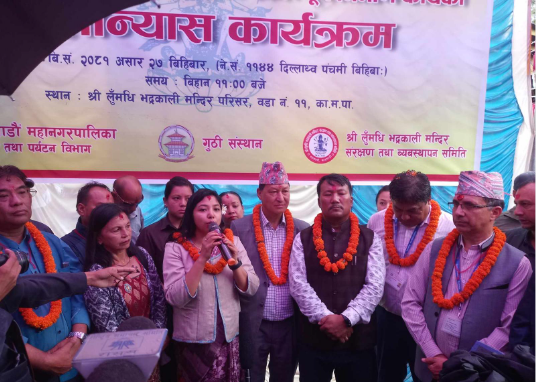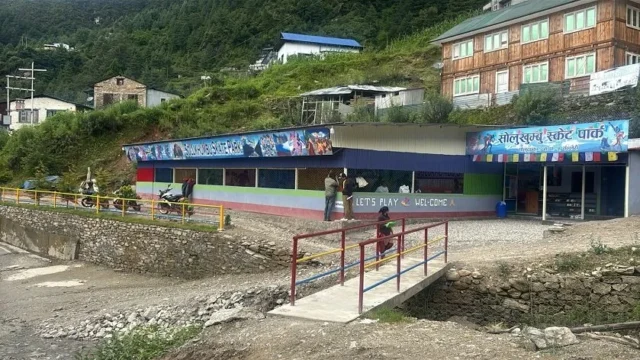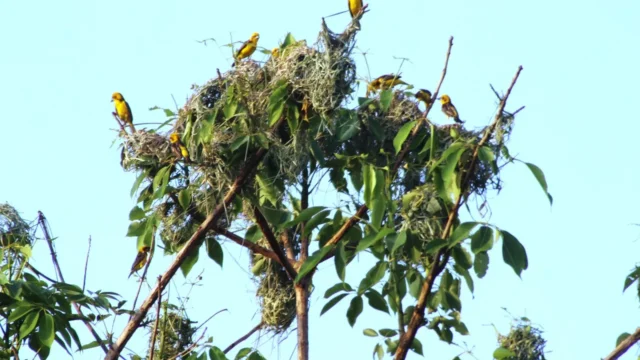The reconstruction of the Bhadrakali Temple’s sattal, originally built using leftover materials from the construction of Singha Durbar during the Rana period, is set to commence. The sattal, which had already become dilapidated before the earthquake of April 25, 2015, will be reconstructed with a budget of NPR 347 million over three years.
Deputy Mayor of Kathmandu Metropolitan City, Sunita Dangol, laid the foundation stone for the reconstruction today, starting with a building on the southern side of the sattal. In her address, Deputy Mayor Dangol emphasized the need for political cooperation to restore religious and historical heritage. She highlighted the city’s commitment to preserving cultural, historical, and religious sites.
The Kathmandu Metropolitan City has also initiated efforts to reconstruct the Agamche House in the Basantapur Durbar area, as part of its broader heritage conservation plans. Although it is believed that the sattal was built using leftover materials from the reconstruction of Singha Durbar by Rana Prime Minister Chandra Shamsher, there is no documented evidence of its exact construction date. The building, approximately 100 years old, was already in a state of disrepair before the 2015 earthquake and had been supported by temporary structures since then.
Asha Man Sangat, Chairperson of the Tourism and Culture Committee and Ward No. 8 of Kathmandu Metropolitan City, announced that the Bhadrakali Temple’s sattal reconstruction is one of the major projects of the city. He stressed the need for the Department of Archaeology and the Guthi Sansthan to manage the necessary materials for the reconstruction.
Ward No. 11 Chairperson Hiralal Tandukar assured that the sattal would be rebuilt in its original form. He urged the Department of Archaeology to monitor and ensure accuracy during the reconstruction process. Ward No. 22 Chairperson Chinikaji Maharjan, highlighting the belief that Bhadrakali Mahadev originated from the third eye of Lord Shiva, noted that 500 families in the New Road area continue to preserve the temple’s cultural heritage. Other officials, including Ward No. 21 Chairperson Udaya Chudamani Bajracharya, Deputy Administrator of Guthi Sansthan Baikuntha Prasad Regmi, and Reconstruction Committee Coordinator Gautam Dangol, mentioned the economic constraints that led the city to undertake the reconstruction.
The former Mayor of Kathmandu Metropolitan City, Bidya Sundar Shakya, stressed the importance of completing the reconstruction promptly once started. The dilapidated state of the building had been a cause of concern for devotees visiting the Bhadrakali Temple. The structure housed important records, a library, and offices for various organizations and commercial enterprises, which will be relocated during the reconstruction. The Guthi Sansthan has managed the records office in the Bhadrakali building since its establishment in 1975 and will continue to oversee the sattal’s maintenance post-reconstruction.





